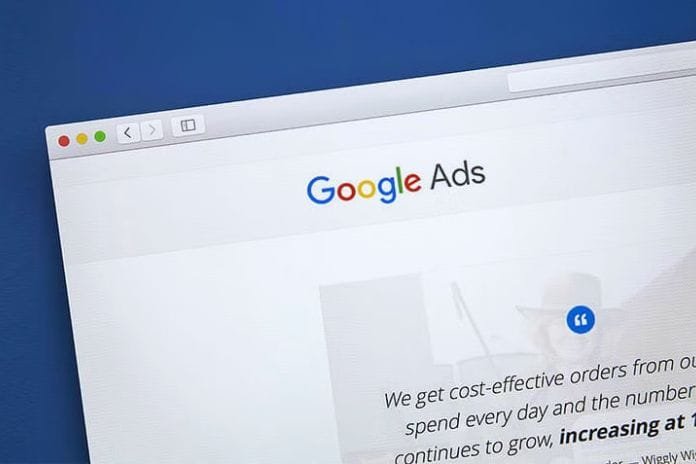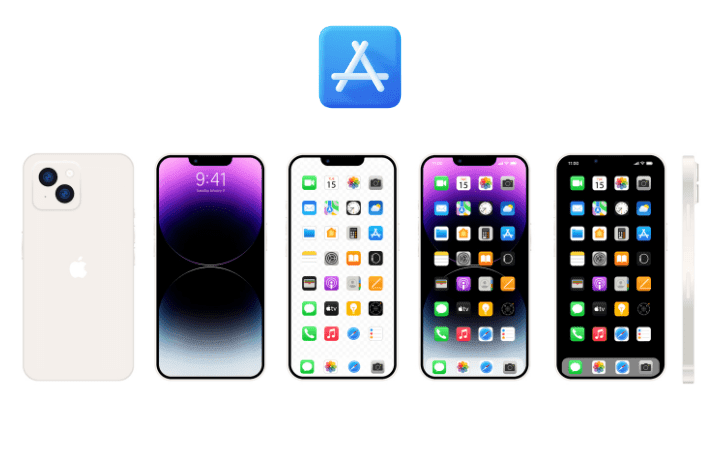Google Discovery Ads: What Makes Campaigns Successful?

Google’s catalog of advertising offers is very comprehensive. It includes, in particular, the Search and Display campaigns, which are today the best known. But other solutions are available, more recent, and just as effective. We are considering Discovery Ads, which have been offered to advertisers since 2020. What’s more, the new Google Ads features and ads were mentioned in our recent post.
Discovery Ads: A Native And Innovative Advertising Format
Adapted to the new uses of Internet users, they are distinguished from others by their innovative format. Thus, a more significant place is given to the visuals of the ads, which are personalized to capture the attention of Internet users better. Well configured, a Discovery Ads campaign can “reach up to 3 billion users in Google feeds,” according to the web giant. A great promise for advertisers. But what about in reality? Is this ad format really that good? And how does it work? Our team, experts in Google Ads, explains everything about this advertising offer we have tested (and approved!) for our customers.
A Campaign Targeted To Audiences
Discovery Ads have a particularity, which makes this format very interesting for a brand or a company. Indeed, unlike other campaigns, its targeting is not based on keywords. It targets audiences, and this detail makes all the difference. Thus, it is possible to broadcast advertisements to Internet users likely to be interested in a brand’s or company’s products or services.
In other words, this format offers them a personalized experience, unique according to attention signals. The objective is to facilitate the customer journey to increase the conversion rate. Similarly, a Discovery Ads campaign is a collection of more affluent – and therefore more relevant – ads displayed in a native format across multiple platforms in the Google Network. This improves their visibility and simplifies their management. When creating a campaign, several targeting options are offered based on Google audiences which are:
- demographic data
- affinity audience (or areas of interest)
- in-market audiences (on the market)
- audience custom intent
- remarketing and lookalike audiences
- customer match, i.e., the import of a list of customers and prospects
This campaign also has another peculiarity: it is better to know it before using it: it is automated. Therefore, several parameters cannot be adjusted by the advertiser. This is the case, for example:
- manual bidding strategies
- the broadcast frequency
- targeting by device type and location
- ad rotation, etc
Nevertheless, this automation is full of advantages. It can better optimize the performance of a campaign in real time and save time. In summary, you must accept having a narrow margin of maneuver and rely on Google’s algorithms. And regularly track results, which we do for our clients when we manage their campaigns.
The Platforms For Broadcasting These Ads
To date, Discovery ads are served on 3 Google platforms:
- Discover: between two articles of the personalized news feed offered by Google to Internet users on smartphones;
- YouTube: on the home page and in the “videos to watch” section;
- Gmail: in the “informal organizations” and “advancements” tabs.
A single campaign, therefore, allows the distribution of ads on three different media.
Available Discovery Ads formats
Like other Google advertising offerings, several formats are available to advertisers when creating a Discovery campaign. They are 2 in number:
- A classic ad, which can contain up to 15 images, does not display simultaneously. Google chooses the image to display.
- The carousel format allows the distribution of several images with a different URL per card (the maximum number of cards is set at 10).
And regardless of the format chosen, several elements are mandatory and must be filled in when the campaign is created.
The Elements Needed To Create Ads
Although Discovery Ads relies on automation, the advertiser must provide certain information to personalize their campaign. It’s about :
- title with a maximum of 5 tags;
- the description of the campaign with, this time again, up to 5 reports;
- company name and logo;
- the visual, namely an image or photo in rectangular and square format;
- a destination URL
- a call-to-action button.
Then, from these elements, Google determines the best combination using machine learning for more personalized ads.
Steps In Creating A Campaign
The creation of Discovery Ads is quite similar to other Google advertisements and is done in several steps. Must, therefore :
- log in to their Google Ads account;
- click on “New Campaign,” then on “Campaign”;
- select your objective: “Sales,” “Prospects,” or “Traffic to the site”;
- choose “Discovery” in the types of campaigns offered, then the language and the geographical area of distribution;
- then select audiences and targeting options;
- determine the daily budget;
- add the elements mentioned above (title(s), description(s), image, etc.) to personalize the ads.
The Choice Of Visual, An Important Detail
This advertising format is native; the visual is prominent in an ad. It must therefore be of excellent quality and attractive to attract the attention of Internet users and meet Google’s requirements. Here are the criteria to remember to choose the right visual:
- a landscape or square format;
- high resolution;
- highlighting the product or service presented to make it easier for Internet users to understand.
Similarly, it should be noted that Google refuses:
- inappropriate or offensive visuals (of a sexual nature, for example);
- images relating to adverse events such as a natural disaster, divorce, or funeral;
- content with implicit interactivity (a call-to-action directly on a photo, for example);
- selfies;
- blurry, misframed, or distorted images.
- So many criteria must be respected to avoid a refusal to broadcast a campaign.
Why Create Discovery Ads?
In addition to their format, adapted to the mobile uses of Internet users, Discovery Ads differ from other Google advertisements by their distribution method. As we clarified earlier, these ads appear on Google’s Discover feed, on top of YouTube and Gmail. Thus, even before carrying out an online search, Internet users are exposed to these advertisements, adapted to their interests and online activity. Their visibility is therefore increased, and their personalization makes them less intrusive. But these are not their only advantages. Let’s discover together the opportunities for Discovery Ads for brands and companies.
Better Targeting
The targeting of this campaign is based on audiences. Thus, it is distributed to Internet users whose activity and profile correspond to specific criteria without needing to type in keywords. Similarly, a single campaign with several ads on 3 Google platforms allows access to a broader audience.
Personalization That Drives Engagement
Since Discovery ads are personalized automatically, based on the extensive information that Google has on the behavior of Internet users, they improve their engagement. They have less of an impression of being subjected to intrusive advertisements since they correspond to their interests and preferences. Therefore, they are “conversion” oriented to generate more leads and sales. Their display is also a factor of engagement because it is done without any action from Internet users when they connect to Discover, YouTube, or Gmail.
A More Attractive Format For Internet Users
Discovery Ads are native advertisements, less invasive than others and less annoying for Internet users. They blend in more with the decor. Very visual, they highlight the photos of a product or service, thus reinforcing their attractiveness. This is also why taking care of the quality of the images accompanying the advertisements is necessary.
Simplified Ad Management
With Discovery, a single campaign brings together multiple ads. This makes it easier to create, manage and optimize them. Especially since it is an “intelligent” campaign and is automated, it also means a loss of control, as some settings are only managed by Google. But it also saves time to have ads optimized for better performance. In addition, by contacting our Google Ads agency for their management, you benefit from our expertise and support from our experts. So please don’t wait any longer to entrust us with your Discovery Ads campaigns and increase your online visibility and conversion rate!






